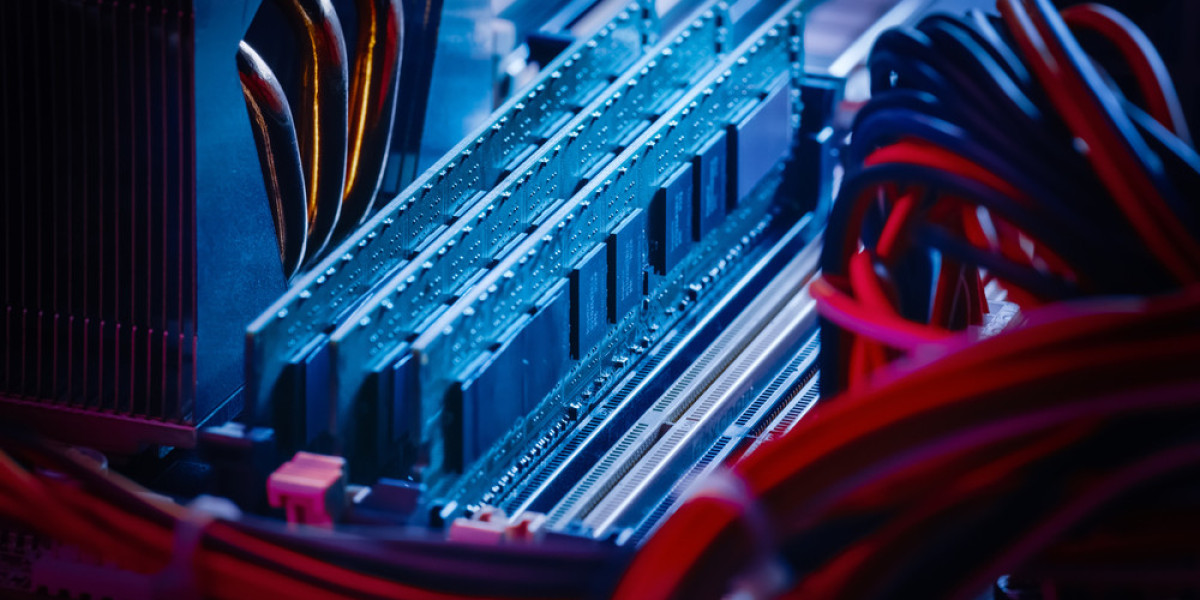Computer memory is one of the most vital components of any computing system. It acts as a temporary storage space that holds data and instructions the CPU needs while performing tasks. Without memory, a computer would not be able to function efficiently, regardless of how powerful its processor or graphics card might be. In the realm of IT hardware, memory is essential for speed, multitasking, and the overall user experience.
Role and Importance in Computing
The primary role of computer memory is to store data temporarily for quick access. When a user opens a program or file, it gets loaded into memory for faster retrieval. This process significantly reduces the time required for the processor to access data, which directly improves the speed and performance of the system.
Efficient memory usage allows for seamless multitasking, enabling multiple applications to run at once without slowing down the computer. Whether you're browsing the internet, editing documents, or playing high-definition games, memory ensures that your system can handle these tasks smoothly.
Types of Computer Memory
There are two main categories of computer memory: primary and secondary memory. Primary memory includes RAM (Random Access Memory) and ROM (Read-Only Memory). RAM is volatile memory, meaning it loses all data once the computer is turned off. It is crucial for running applications and processes. ROM, on the other hand, is non-volatile and contains essential instructions for booting the system.
Another important type is cache memory, a small amount of high-speed memory located near the CPU. It stores frequently accessed data and instructions to speed up processing. More advanced systems also use virtual memory, which uses a portion of the hard drive to simulate additional RAM when physical RAM is full.
Impact on System Performance
The amount and speed of memory installed in a computer can greatly impact its performance. More RAM allows for more applications to run simultaneously, while faster RAM improves the speed at which data is accessed. In professional environments, high-performance memory is essential for tasks like video editing, 3D rendering, and software development.
Gaming PCs and workstations often use DDR4 or DDR5 RAM, offering high data transfer rates and low power consumption. Server environments may require ECC (Error-Correcting Code) memory, which can detect and correct data corruption, ensuring high reliability and uptime.
Conclusion
Computer memory is not just a component—it's the heartbeat of modern computing systems. From basic operations to complex computing tasks, memory plays a central role in determining how well a system performs. By understanding its functions, types, and impact on performance, users can make informed decisions when upgrading or building systems. In the world of IT hardware, investing in quality computer memory is key to ensuring long-term reliability and optimal efficiency.








